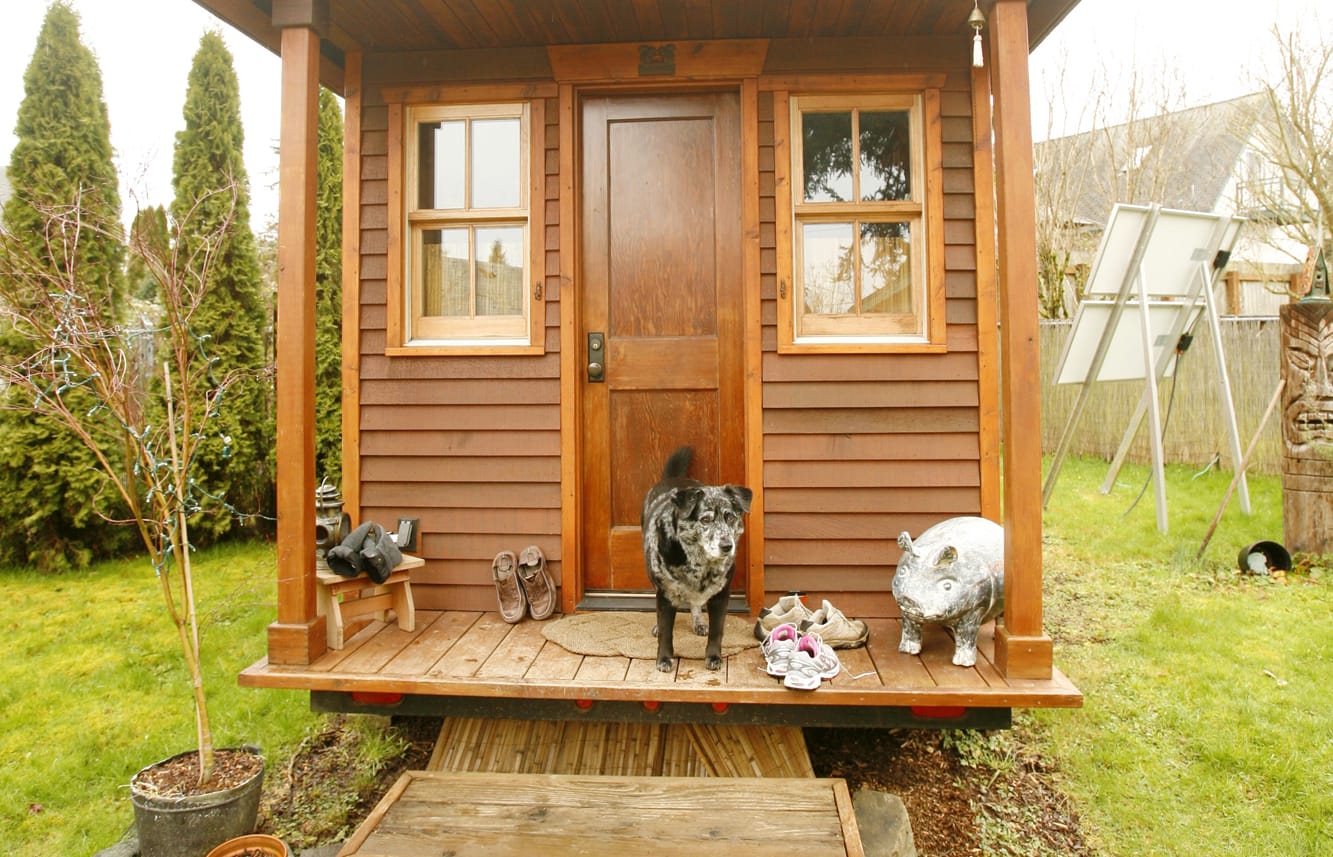The shed is still standing right where Barkley put it, in an empty lot just north of Yard ‘n’ Garden Land on Northeast Highway 99 in Hazel Dell, but nothing more has happened with tiny houses and microcommunities in Clark County. The possibilities remain interesting, a couple of local officials said, but there’s a lot of thinking and planning separating Dee Williams’ cute cabin on wheels from a functional, affordable standalone home for someone with little income and big problems.
“I think the devil is in the details when it comes to the tiny houses movement,” said Andy Silver, Council for the Homeless executive director. “While I am all for simplified living and looking for creative and cost-effective ways to increase affordable housing options, tiny homes … do not sound like a good fit for most people who are homeless. I would hope there could be some middle ground where the units provided the space and amenities necessary for someone to have a solid foundation.”
“The cost of land and then the cost of a tiny house still makes it difficult for our clients to afford,” said Diane McWithey, executive director of Share. “There is such a shortage that I think we need to begin thinking differently, and I would imagine that the tiny houses are not too much smaller than a studio apartment.”
While Williams also feels cautiously optimistic, don’t forget what a decade of living in such a house has taught her, she said: the smaller your individual world, the more you need social connections and services. The volunteer work she’s done at her local winter-weather spillover has convinced her that “just throwing homes at people” is no solution. The real key, she believes, is building a strong community, not just tiny buildings.
“I would love to see little houses become a part of how we look at homelessness,” she said.




